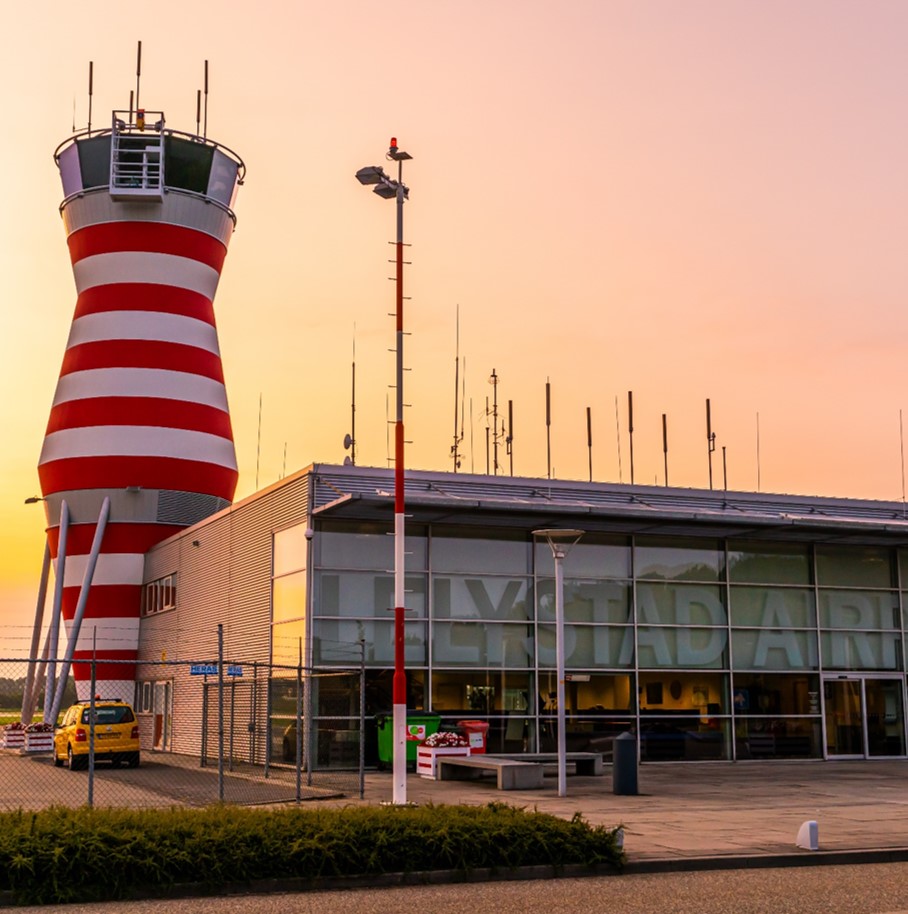
Airproxes near Lelystad Airport
In November 2019, after the transition of Lelystad Airport from an uncontrolled to a controlled airport, the Dutch Safety Board received reports of airproxes that took place near Lelystad Airport. An airprox is a potentially dangerous situation whereby aircraft come in close proximity to each other. The aircraft concerned were mainly single-engine aircraft that were used for pleasure and training flights. The Board has investigated the direct and underlying causes and possible common factors of eight incidents.
Continuous monitoring of changes to procedures and routes and adjustment if necessary
In order to be able to accommodate commercial air traffic in the future, preparations are made, commissioned by the Ministry of Infrastructure and Water Management. One of these preparations involved the transition of Lelystad Airport from an uncontrolled to a controlled airport with control zones and terminal control areas. Since 7 November 2019, Air Traffic Control the Netherlands (LVNL) and the Royal Netherlands Air Force Command (CLSK) have been jointly responsible for handling air traffic at and near Lelystad Airport.
Measures taken effective
Investigation of the Dutch Safety Board has revealed that the transition from an uncontrolled to a controlled airport was a major transition, especially in the initial period, for the pilots and air traffic controllers involved. Based on the experiences during the first month after the introduction of air traffic control, LVNL and CLSK have taken measures, which took effect on 7 December 2019. One of the measures was the separation of the routes of incoming and outgoing traffic. The measures taken on 7 December 2019 appear to have had a positive effect on the number of airproxes in the Lelystad control zone, as the number of report airproxes has decreased.
After the arrival of commercial air traffic in the future, strict adherence to the procedures then becomes even more important. Irrespective of any changes to procedures or routes, reducing the number of airproxes requires commitment and continuous monitoring and adjustment from all parties involved.
Besides the full report, a Dutch summary of this investigation is available.
